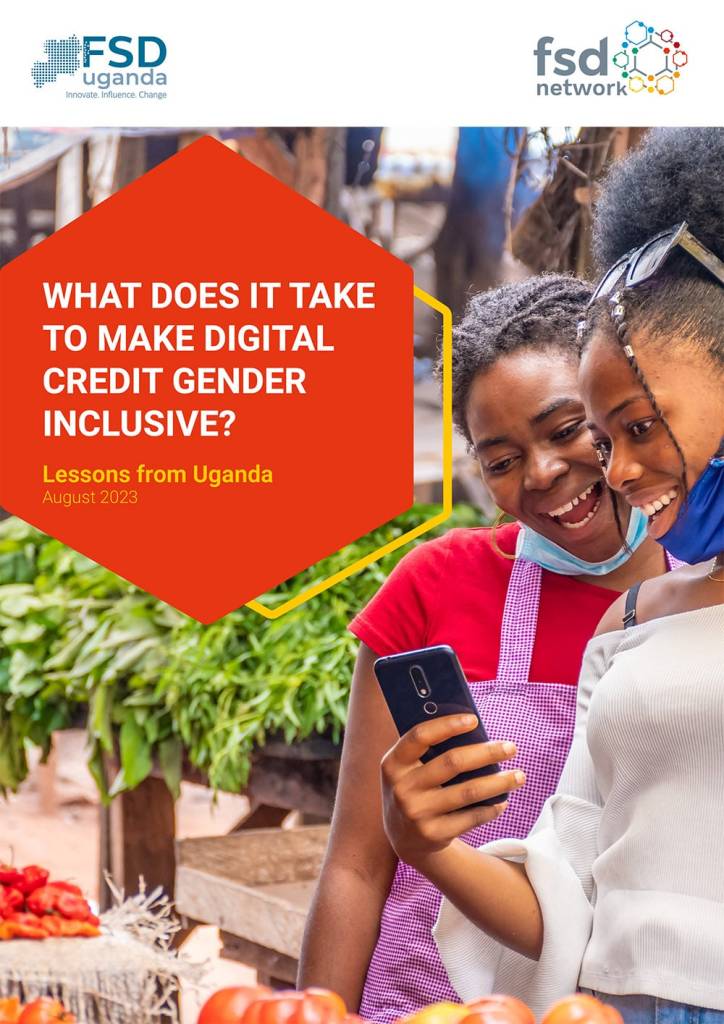Overview
Digital lending is expanding rapidly across markets with significant mobile money or mobile banking penetration. And as with all financial services, access and utilization patterns differ by gender. Some digital lending may have the potential to overcome gender biases. For example, borrowers can request a loan from anywhere, avoiding some transaction costs that are particularly burdensome for women. It can standardize processes to avoid the human biases of loan officers. Lenders can work around gender biases stemming from the use of titled land as collateral by assessing creditworthiness on alternative data sources such as cash flows.
But digital lending can still suffer from inequities. Women may have less access to smart phones, run smaller businesses deemed ‘unworthy’ by some lender, or lack certain forms of KYC required for applications. They may be more likely to struggle navigating a smartphone app on their own. And if the product itself wasn’t designed with women in mind, it may be a poor fit for their borrowing needs.
How can digital lenders be conscious of the range of gender issues that might be at work and adapt their practices to be attractive and useful for women? FSD Uganda and the FSD Network Gender Collaborative Programme explored these issues through a partnership with a digital lender in Uganda from 2021-2023. FSD Uganda was simultaneously working with this lender to expand the pool of capital available to women borrowers in the aftermath of Covid and the Ebola outbreak by providing the lender a US$100,000 returnable grant specifically earmarked for on-lending to women’s businesses. We supplemented this with a targeted piece of research that involved reviewing existing gender data and interviewing male and female customers to identify where there might be opportunities for this lender to be more gender inclusive.
The results point to both specific things this firm is doing right and where they might improve, while also providing a framework for how other firms might review their own data and practices in an effort to be more gender intentional.



